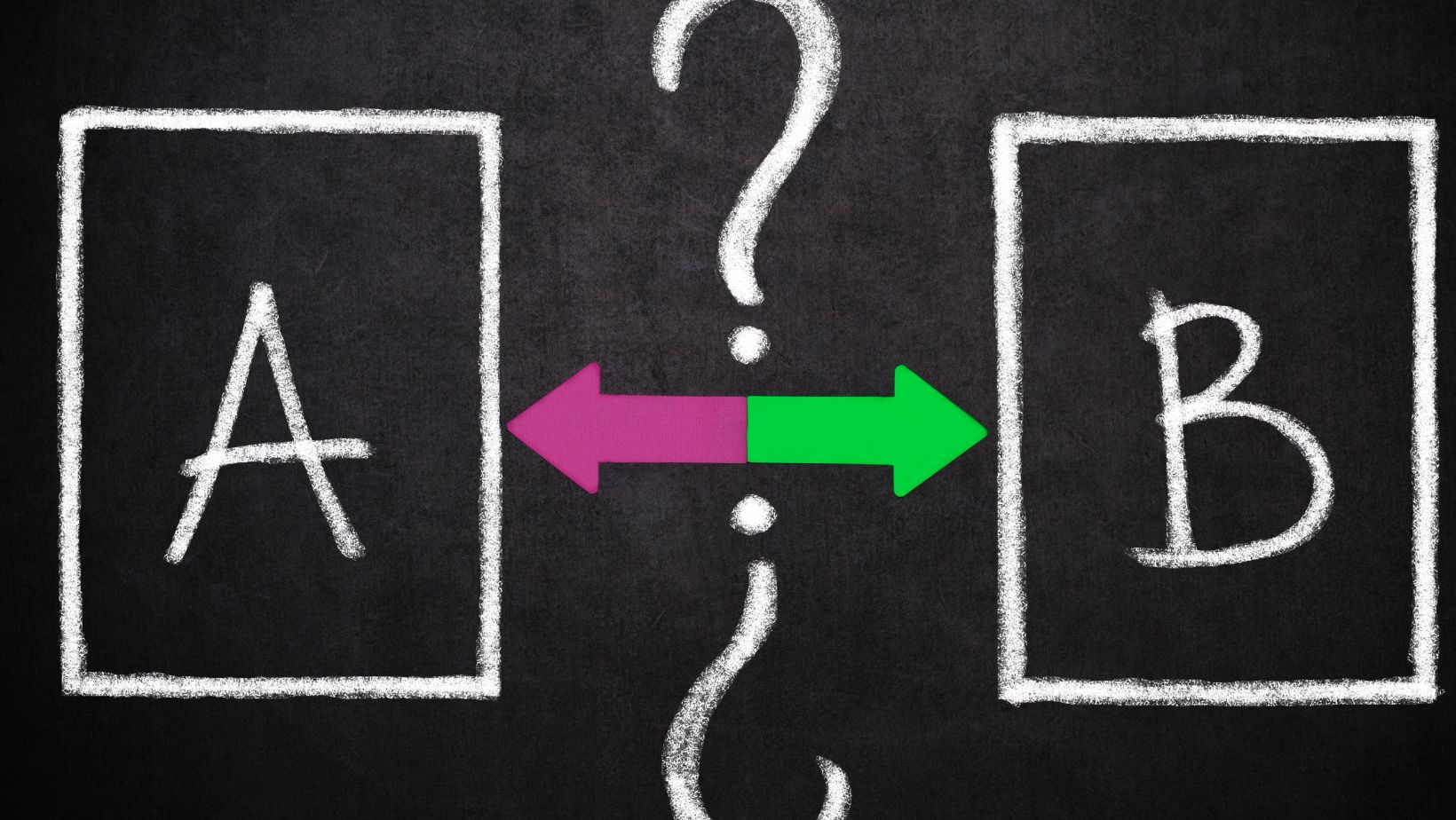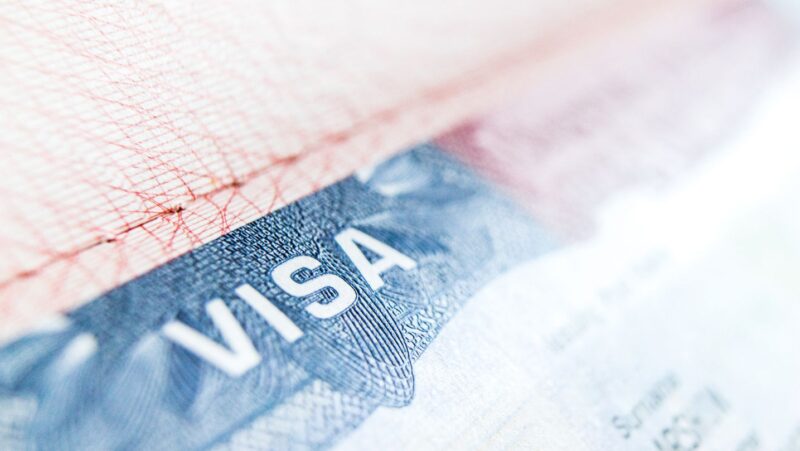
A/B testing used to be how companies optimized conversion rates on their landing pages. They created one landing page and another (or many) versions to see which fared better, testing each for a predetermined time and reporting. But now, with AI, A/B testing solutions are a dime a dozen. Not only can A/B testing resources create the duplicate pages for the marketer, but with machine learning, it can also evaluate consumer engagement as it happens across the two simultaneously to discover trends and make changes automated and continuous.
Whereas one would have to take the time two weeks or months to gradually make small changes day by day, AI already has that historical data and can process it in seconds to make changes in an almost instantaneous fashion. This is not only a huge time and manpower advantage, but it also ensures that when the needs of the consumer fluctuate, landing pages will be changed.
The Evolution of A/B Testing with Machine Learning
With traditional A/B testing, marketers create one landing page and subsections to test various iterations. They split a portion of their traffic to one version and another to the second and, once a sample size is collected to review and see results, they choose the better option. This slows down the rate at which a campaign can be optimized and sometimes yields false results because over time, within a season or with a changing user base, the answers could differ.
While A/B testing with AI is done in real time and behind the scenes via machine learning, there is no typical testing time. Over time and in real time, AI understands through immediate response which designs, messaging, and CTAs generate the most activity. It also senses rising behaviors and patterns that may go unnoticed by the human eye, allowing for the modification of the landing page over time with viewer traffic. For example, AI understands that a certain color CTA does well at 8:00 a.m. but not at 8:00 p.m., and it can change it accordingly, something that standard A/B testing cannot do.
Dynamic Content Optimization for Personalized User Experiences
Maybe the most significant advantage of AI-driven A/B testing is the personalization of AI-crafted landing pages based on individual users’ habits. Where a normal A/B test sets a static version for a site across all visitors (sometimes deemed the “winning” version), an AI can segment demographics and apply them on the fly and in real-time. For example, if someone visits a site and searches for a specific topic or has purchased something in the past, AI can manipulate headlines, images, and discount offers to cater to that person’s interests.
If this retail site has 1000s of yoga, strength training, and running-related products, when someone comes onto the site for the first time, the products promoted, discount pop-up, and CTA language will be for yoga vs. strength training vs. running. With AI, not only does the page get updated constantly, but someone who visits the page is guaranteed to get the best opportunity to convert into a paying customer since the design, language, and imagery of a landing page are constantly A/B tested based on user interaction at that exact moment.
Automating Multivariate Testing for Faster Insights
A/B testing has one version of a page versus another; multivariate testing has all variables in play, headlines and images, form placement, color of buttons, etc. But the manual implementation of such tests can take ages even with the amount of traffic necessary to reach statistical significance. Yet with AI, multivariate testing occurs instantaneously, always looking for which combinations render the best results in the least amount of time. Where a human can only control one variable at a time to test, AI can do it all at once.
Thus, the users are always presented with the highest converting landing page. For instance, an AI might discover that a red CTA button works best, that a lead capture element in the short version is most effective, and that an interactive version generates the greatest response with a video header. It can roll them out all at once and in real time and without human intervention so that things function faster and better almost instantaneously.
Real-Time Adjustments for Higher Conversion Rates
Where A/B testing requires you to come in and make adjustments after the fact, however, AI testing does it for you in the middle of the campaign. If AI recognizes that more users are leaning toward the video landing page version instead of the longer one, it shifts traffic for an in-the-moment adjustment to support the better-performing choice. For example, an e-commerce vacation site may realize that certain times of the year, people engage with vacation offers better than at other times when they engage with staycation how-to’s.
AI will immediately shift what pages they see, what offers are pushed, and what CTAs are implemented to stay relevant to seasonal efforts at the moment. Such a system pushes companies toward optimal conversions because this criterion is fulfilled, without drop-off, and greater return on investment (ROI) is possible because it doesn’t need time-consuming manual updates.
AI-Driven Predictive Analytics for Future Optimization
Machine learning doesn’t merely analyze your A/B split and your findings today. It indicates what’s next and recommends it in advance and when you don’t even need it yet. AI learns from your past and everyone else’s; it learns from market growth and declines, increases or decreases of engagement over time to guess how and when changes need to be made because tastes are changing. For instance, if AI learns that one specific CTA will damage engagement three months from now, it will test other avenues long before and that’s even if it’s converting at a great rate today.
This means that your landing pages will avoid a downturn that is predicted before it happens, without any sudden decreases in engagement. Furthermore, AI brings predictive analytics that can not only anticipate audience actions but also suggest new design features, new channels of communication, and new opportunities for interactivity that could further engagement all before the competition
Reducing Bounce Rates Through AI-Powered Optimization
Maybe one of the most frustrating things that landing page optimizers deal with is when users visit a site and leave without engaging. It negatively impacts conversion rates and subsequently, in turn, impacts SEO rankings. But with AI technology for A/B testing, the legitimate reasons for bouncing can be assessed and adjusted at the moment. For example, if AI finds that a certain page has a high bounce rate after five seconds, it can switch up the content order, adjust loading speed, or loading sequence to keep users engaged elsewhere.
For instance, if AI determines that reducing the number of form fields or implementing a chatbot that increases engagement automatically causes people to stay on a page longer, it will do so with no need for weeks of testing to draw such a conclusion. By retroactively reducing bounce rates, AI will ensure that landing pages are sticky, engaging, and effectively optimized for conversion.
Enhancing Mobile Performance with AI-Optimized Layouts
Since the majority of web traffic is driven by mobile devices, landing pages need to be mobile-optimized to convert. This is where AI-driven A/B testing helps brands optimize in the first place for mobile, ensuring buttons, images, and forms are positioned for easy use on the go.
For example, AI can assess what a button looks like but where it needs to be located, how someone scrolls on an iPhone versus an Android and then select the champion version to ensure intuitive use. It can also reposition based on whether someone is in America or Canada or if they’ve been to the landing page before, providing a localized, personalized mobile experience to encourage conversion.
Conclusion
AI enables A/B testing of landing pages for ease of optimization, efficiency, profitability, and evergreen content. With machine learning and algorithms, A/B testing is done for you, multivariable and conditional A/B tests are conducted, personalized testing occurs due to simultaneous access to diverse demographics and populations, and customer interaction provides real-time data. Whereas A/B testing static in nature occurs on a need-to-know basis with human participation after excessive experimentation only to select an option that becomes obsolete in a few weeks, the landing pages can constantly change at the whim of customer wishes, market needs, and accomplishments. Engagement increases, bounce rates decrease, and conversion rates happen none of which require additional effort from companies.
The future of A/B Testing. The longer we possess A.I. technology, the more intuitive and automated A/B testing will become. The ongoing integration with A.I. will provide holistic precision, increased velocities, and more powerful landing page improvements for future generations. Therefore, embracing such optimization strategies now and evolving from them will set brands up for long-term success down the line. The benefits of improved digital experiences and A.I.-produced ROIs will be more than a crossover.




